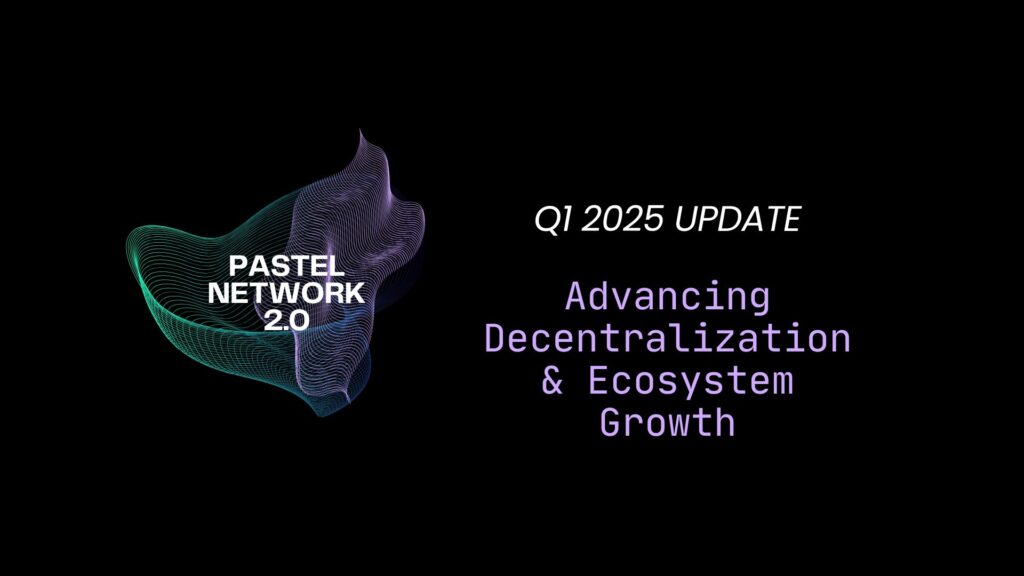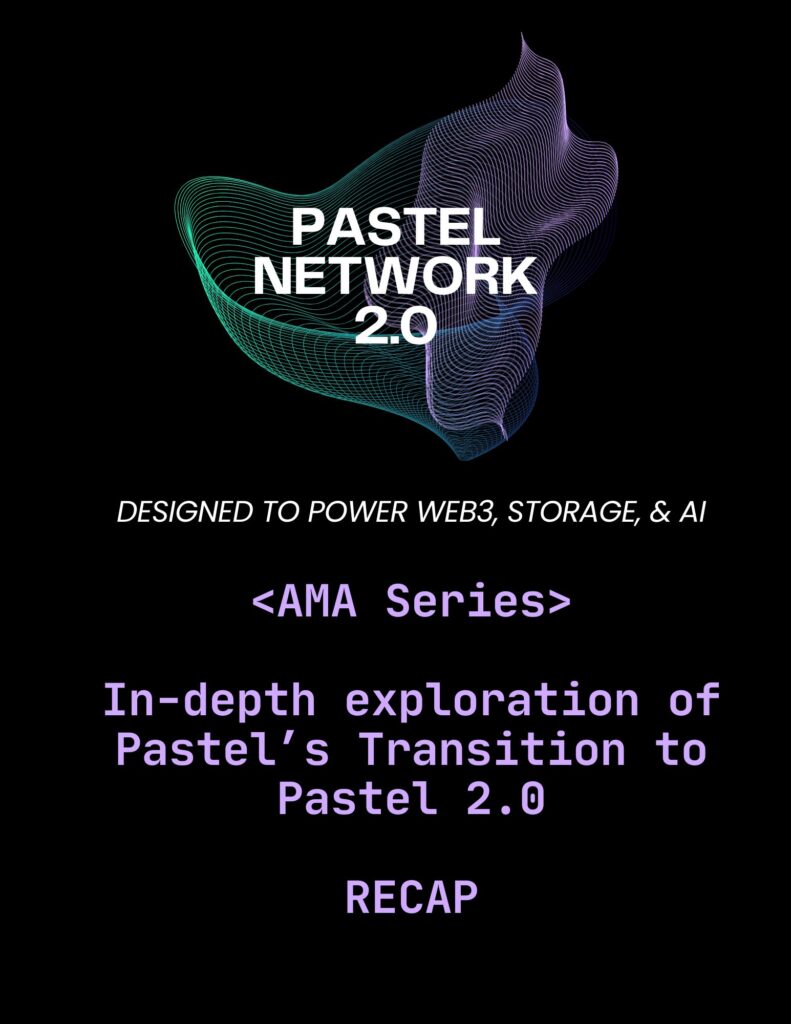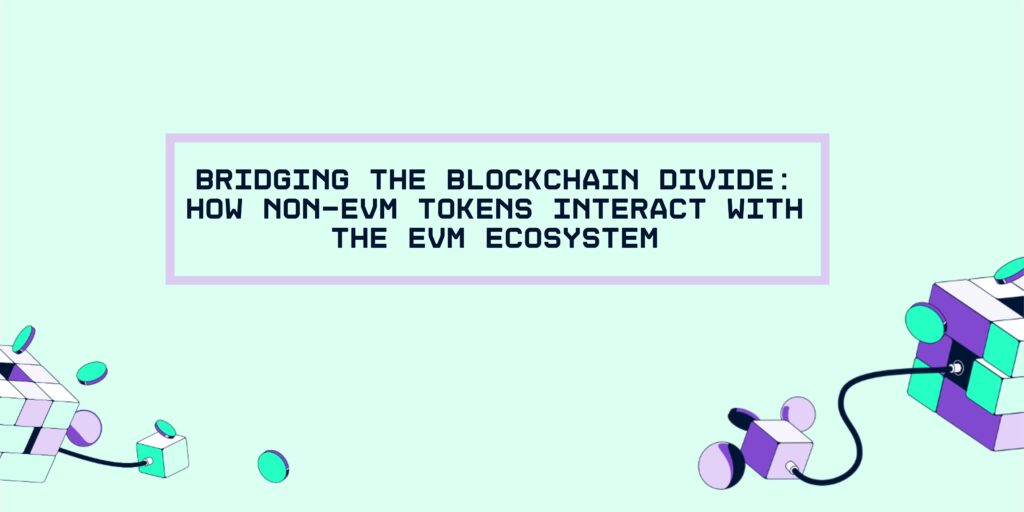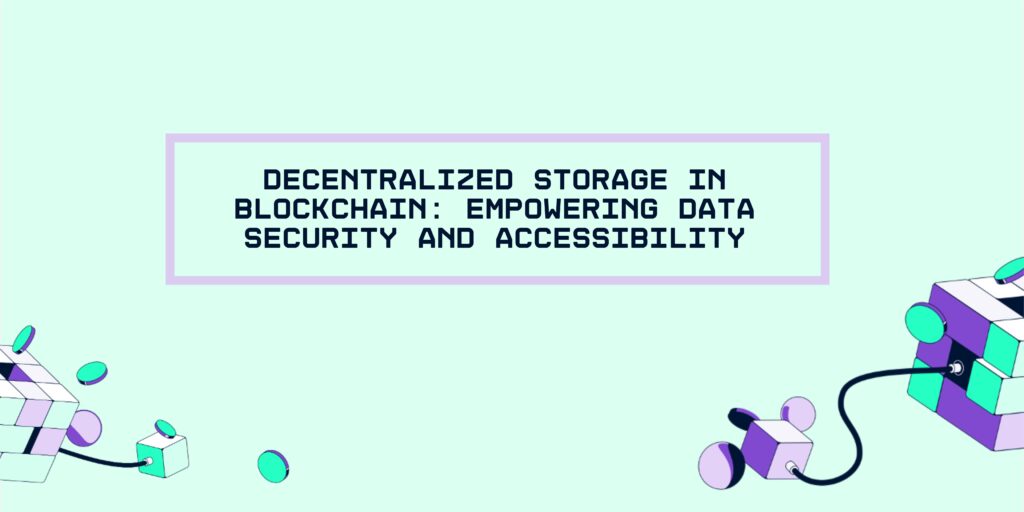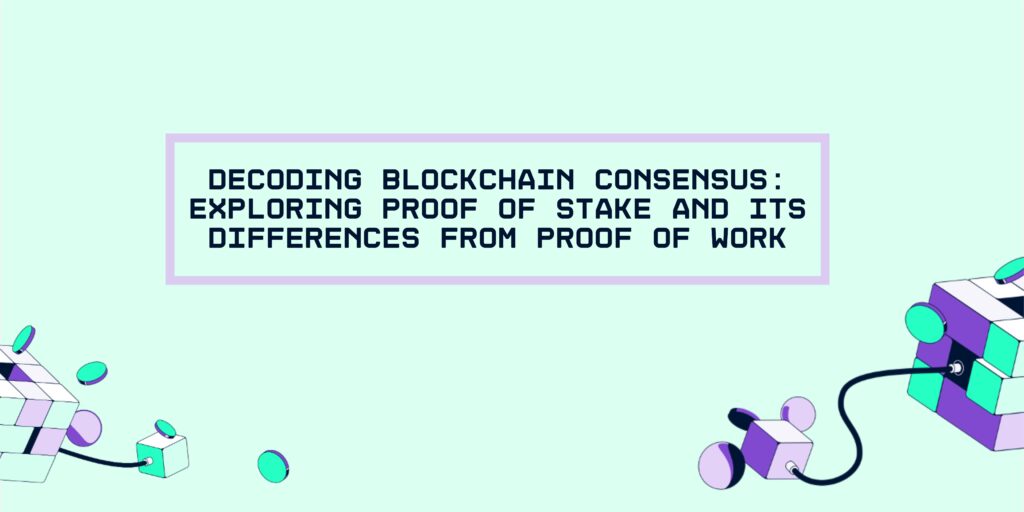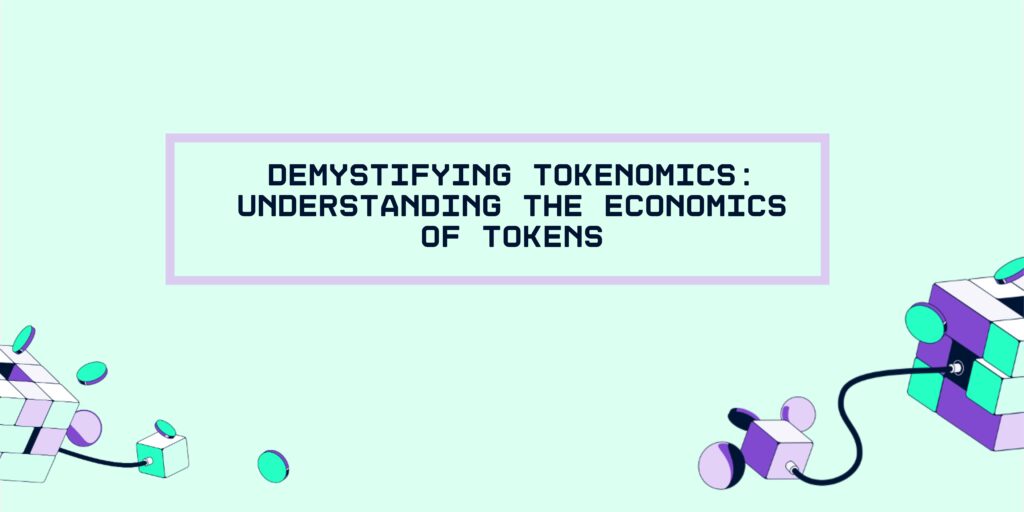Pastel co-founder, Anthony Georgiades, talked all things SmartMint, the market, and answered all the community’s questions.
Initial Questions
Q1: Can you please give a quick intro for the new members of our community?
A: Sure! I’m one of the co-founders and early investors of Pastel. I work on a lot of the day-to-day operations of the project along with some of the product management and go to market strategy. I first got involved with Pastel after meeting Jeff Emanuel, who is the co-founder and brains/vision of the Pastel Network.
Q2: Given your experience and expertise in the space, what are your thoughts on this current cycle and where NFTs / Crypto will be in the near future?
A: Absolutely. I know for many newcomers to the crypto market, and incumbents as well for that matter, the current market conditions and uncertainty can be very scary. But the crypto market is not going anywhere over the long term. What’s important to understand is that what is happening now is very different than the 2017/2018 crypto crash or other market crashes in the past — which were more akin to the dotcom bubble than the monetary policy driven contraction we’re seeing today. During the 2017/2018 market crash, there were countless projects raising hundreds of millions with nothing but a Whitepaper or sleek roadmap. The market as a whole has seen dramatic growth through validation & adoption over the last few years, and is already serving critical use cases. From enterprises like JP Morgan to acquisition by sovereign states like El Salvador. Where we are now — the market as a whole has developed innovative technology, has found product market fit, and is working on infrastructure to onboard the next billion+ users with the aligned long-term vision of a decentralized peer-to-peer future.
Right now, we are seeing the side effects of years of lax monetary policy / quantitative easing combined with trillions of additional stimulus. It made it easier for retail investors & institutions to make speculative bets on long-term high risk assets (think SPACs, meme stocks, digital assets, and NFTs). As a lot of the policy shift changes course dramatically and growth starts to slow, it is natural to see a lot of ‘risk-off’ movement such as what we are seeing now. Combine that with several ‘black swan’ events in the case of Luna and Celsius, and here we are.
Anyone who is looking to deploy capital into the space needs to understand that this is a long-term sector and needs to have a similar long-term view. We are in the building phase. What is the most exciting however is that this is the time when real builders build, and when strong projects like Pastel Network are able to continue doing what they do best — innovate and disrupt. Pastel Network is going to continue building throughout this period, hitting on it’s roadmap day in and day out, onboarding new partners and users, and will be positioned better than ever to come out on the other side as one of the strongest players in the Web3 ecosystem.
Q3: As a little refresher, what is Pastel Network?
A: Pastel Network is a fully decentralized, developer-friendly layer-1 blockchain serving as the preeminent protocol standard for non-fungible tokens (“NFTsâ€) and Web3 technology.
Pastel infrastructure enables existing layer-1 blockchains, decentralized applications, or third-party enterprises to protect creators and collectors. From digital collectibles & media to documents & applications, users and developers are able to certify asset rareness and truly store data forever. Lightweight protocols delivered by interoperable open APIs such as Sense and Cascade can be easily integrated across existing networks. A wide range of Web3 applications can be built directly on the Pastel Network, enabling developers to enjoy the scalable registration features, storage processes, and security of the broader ecosystem.
Q4: What’s the story behind Pastel? What inspired the team to build it?
A: What inspired us all the way back in 2018 was that there was a need for blockchain purpose-built for the NFT ecosystem. Ethereum and Bitcoin were not built for the size and volume of NFT transactions. Additionally, we saw that there were certain challenges plaguing the market (including scams, frauds, and asset loss) and nobody was trying to fix them. We decided to make the tools to make this NFT world better.
Q5: Who runs Pastel?
A: Pastel is managed by world-class developers, cryptographers, and technologists, supported by an experienced and extensive network of marketers, influencers, and third-party agencies. Pastel is backed by key stakeholders including Innovating Capital, a prominent venture fund.
And, here are bios of our CEO and CTO.
Jeff Emanuel is the co-founder and CEO of Pastel. Prior to founding Pastel, he worked as a machine-learning and financial analyst in the hedge-fund world for over a decade. Emanuel has extensive knowledge about blockchain protocols, technology, and traditional finance along with a native understanding of rare digital collectibles communities. He studied mathematics at Reed University.
Alexey Kireyev is the co-founder and CTO of Pastel. For over 3 decades, he has worked as a developer and security specialist at a variety of Fortune 500 financial and technology institutions, managing hundreds of employees and building products serving millions of customers. Kireyev has deep knowledge of blockchain protocols, cryptography, and security standards and has contributed to open-source projects like Bitcoin Private, Z-Cash, and Dash.
Q6: Let’s dive into SmartMint. Why did the team decide to build a consumer-focused tool?
A: Our team is made up of NFT enthusiasts and a couple digital artists in their own right. Minting NFTs, even for them, can be annoying, frustrating, and complex, and on top of that, the ownership of the NFT remains very vague after minting on let’s say an OpenSea. We decided to do something about this. After doing extensive market and product diligence, we saw that there is currently no simple solution for users to easily create smart-contracts and NFTs that allows for custom metadata, properties, and attributes while also guaranteeing permanent NFT data / metadata storage on a decentralized network. We also wanted to make it as easy as possible for creators to get access to our technologies like Sense and Cascade
Existing marketplaces limit the amount of custom metadata or traits that users can add, and in many cases also retain ownership of the collection smart contract that is deployed on the user’s behalf. They also offer fairly limited solutions in terms of supporting NFT data / metadata storage, certifiable authenticity, and counterfeit protection.
Writing and deploying your own smart contracts on Ethereum requires extensive knowledge of advanced programming languages like Solidity. It also requires technical knowledge for deploying smart contracts to the Ethereum Virtual Machine (“EVMâ€). This creates a significant barrier for many creators and collectors.
Q7: What is SmartMint?
A: SmartMint is a no-code NFT minting platform where creators can easily create, manage, and mint NFTs on their own custom smart contracts. The tool also provides creators with additional peace of mind as it leverage Pastel’s infrastructure for near-duplicate NFT detection (Sense) and permanent NFT data storage (Cascade).SmartMint enables creators to mint NFTs on Ethereum, Solana, Pastel, and more. Creators can launch NFT drops on SmartMint as their backend management platform and list NFTs for sale on their own site or secondary marketplaces like OpenSea.
Q8: Just to be clear, SmartMint is not a marketplace?
A: Correct. SmartMint is NOT a marketplace. It is a unique NFT minting platform where you can customize and manage your smart contracts and NFTs. You can host NFT drops on SmartMint as your backend management platform and sell on your own site or secondary marketplaces like OpenSea.
Q9: Why should creators be excited about SmartMint?
A: SmartMint makes minting NFTs simple. SmartMint enables creators to simply upload assets, add custom properties & attributes, and simply ‘click’ the network they want to mint the NFT on. We make it as easy as ‘1 2 3’ while taking care of all of the heavy lifting on the backend.
What makes it even more exciting is that users receive the added benefit and security of Pastel’s advanced Sense and Cascade Protocols. Creators can have their NFTs run through Sense Protocol for Near-Duplicate NFT Detection and will receive a relative rareness score and other useful information — certifying the authenticity of that NFT vs. existing creations. At the same time, the NFT’s data / metadata lives forever on a network of fully decentralized SuperNodes via Cascade Protocol for Permanent NFT Data Storage. Users can take advantage of Sense and Cascade at no extra cost and with the click of a button.
SmartMint does not own your smart contract, meaning users can do whatever they choose with their NFTs like list for sale on marketplaces such as OpenSea or airdrop to fans.
Q10: So, how does SmartMint work?
A: Users can seamlessly create custom NFT Drops and Collections via smart contracts deployed on a particular network like Ethereum with the automated no-code tools provided by SmartMint.
To use SmartMint, users need to have a monthly membership to get access to the automated smart-contract deployment tools. However, users will always own and have access to their smart-contracts. As the owner of the NFT, the creator controls their commissions for primary sales on third-party marketplaces.
Once a creator signs up for the SmartMint membership and connects their digital asset wallet, they will have access to tools to create and manage custom NFT drops and collections.
The platform was developed to make minting NFTs and creating drops/collections as seamless and simple as possible. The process is broken down into three straightforward steps:
- Create an NFT Drop or Collection
- Create the Contract with only a few clicks
- Generate NFTs and Manage Your Creations
Q11: What are the economics and fees associated with using SmartMint?
A: The SmartMint membership will have a monthly subscription fee of $9.99/month. Creators will need to sign up for the membership to have full access to NFT creation tools and custom smart contract minting.
Creators are responsible for paying network gas fees to deploy their contracts and NFTs. Gas fees are dependent upon the specific smart contract network they choose to deploy.
Additionally, SmartMint will receive 2.5% on the primary sale upon withdrawing earnings from a creator’s smart contract and 1.0% on any secondary sale.
Royalties for SmartMint NFTs are managed on sites like Opensea and can only be controlled by the Custom Collection or owner tied to the wallet where the smart contract was created. Check out this link to better understand royalties on Opensea: https://docs.opensea.io/docs/10-setting-fees-on-secondary-sales.
Q12: When will the SmartMint Beta be launched? How can creators sign up?
A: The SmartMint Beta will be launched in a couple weeks time! To get access to SmartMint during Beta, you can join our Whitelist for the Beta Release by signing up at this link: https://smartmint.pastel.network/whitelist.
We’re currently whitelisting 1,000 of the best creators to receive a 1-year free SmartMint Membership, first NFT drop gas fees covered by Pastel & more!
Spots are going fast, so make sure to sign up!
Community Questions
Q: Can you talk about how Cascade is different from the other storage technologies that exist?
A: Cascade is a fully distributed, permanent and entirely redundant storage protocol. the entire model is built around the idea to pay once and store forever. With Cascade, users are able to prevent centralized points of failure, monthly subscription maintenance, IPFS pinning, & 404 errors.
The current approach of relying simply upon a TokenID and external hyperlinks to centralized storage servers or unreliable external dependencies like IPFS Pinning leaves users highly vulnerable to the loss of assets and require ongoing external maintenance. Pastel is the first NFT platform to have its own completely integrated, decentralized storage layer based on the advanced technologies of RaptorQ and Kademlia. We ensure that the underlying digital asset itself is uploaded, verified, and registered on Pastel’s Cascade Protocol — rather than just the token with which it is minted. Through a series of smart tickets living on the Pastel Network, creators can store their masterpieces in a distributed fashion that is tightly coupled and indelible from the NFT itself.
So how does it work? Cascade, leveraging the RaptorQ fountain code algorithm, begins by breaking each asset up in a series of redundant partitions. Every partition contains random fragments of the combined file which is distributed redundantly across participating SuperNodes on the network. Two parameters control how data is encoded into chunks: 1) the size of each partition and 2) the desired redundancy factor. Sets of partitions are randomly distributed across network nodes using the Kademlia DHT algorithm. No complex or centralized system for deciding which node is responsible for which partition, no iteration through SuperNodes to find one with the relevant partition, & no complex logic for handling partition re-allocation in the case of SuperNodes entering & leaving the network.
You can see how this is completely novel against addressing or mapping systems like IPFS and Arweave, and is a true distributed storage solution.
Q: When Cascade goes live, how will the Storage challenge rewards be structured and what type of storage hardware should we be looking to invest into: fast, slow, hybrid?
A: SuperNode operators earn both 1) block rewards and 2) transaction fees from storage requests. Storage challenges are a way to basically monitor SuperNodes and make sure they are doing what they’re supposed to be doing — in this case, keeping a copy of the “chunks†from various files created by Cascade. If a SuperNode “fails†a challenge, they are effectively slashed and hence lose out on future block rewards. SuperNodes require high memory, storage, and compute instances.
Q: The minting of NFTs is not economically sustainable due to the fact that as the demand in the project decreases, the floor price decreases and this hinders the progress of such NFT project. What solution does your have to solve this problem?
A: SmartMint does not have any direct impact on minting prices or floors. However, given the fact that Smartmint makes it easier to create NFTs with storage, security, and authentication, users may find that collectors are more willing to acquire NFTs created by SmartMint and command a premium vs. those that are not.
Q: What is the timeline for partner’s like Nervos and TomoChain to begin fully utilizing Sense and Cascade? Will their network users be using PSL directly or will the partner networks handle this on the backend?
A: All requests from our partners require the native use of PSL — hence the growing demand for underlying PSL utility given it’s the only way to access our network’s scarce and differentiated resources.
Ripple’s OnXRP is currently undergoing testing on our testnet and will be live in the coming weeks with Cezanne Mainnet.
Q: What are the future plans like partnering with some project or listing on which exchanges?
A: We have a ton of partnerships in the works such as Polkadot which we will be announcing in the coming weeks. This will be very cool — we will basically be creating a “pallet†in the short term so NFT ecosystems like Moonbeam and Enjin can tap right into Cascade and Sense natively. Over the long term, we will be working to deploy a Parachain for even more native interoperability.
Other partners include many large NFT marketplaces, dApps, and layer 1s. The silver lining in the current market condition is that many of our collaborations are actually accelerating as more users are now focused on best positioning themselves for the longer term — and what better way to do that than with the best NFT technology in the world:)
Q: What else besides NFTs could be stored with Cascade? Could we eventually store audio/video etc? Decentralized storage is awesome, and I imagine this is why SuperNodes are so important and valuable. That seems like a solid long term investment.
A: In 2020, we made a decision to restructure our network such that services like Sense and Cascade could be accessed directly and also so that the network could handle various file types beyond images. As such, Pastel doesn’t care about the file type — it is an abstract blob. In the future, you can envision all sorts of files from photos to videos to games and full applications living on Pastel.
Q: I would like to know why the team decided to create a project within the NFT ecosystem? How much potential do you see in the future for NFTs?
A: NFTs have a wrong connotation of being digital art. while that is a massive use case, it is one of many many use cases. Most things you interact with in your daily life are non fungible — your identity, your house, collateral loan docs, medical records, and so on. NFT technology will power a tremendous amount of use cases in the future Web3 world, and we will be there to power it all.
SmartMint Beta Coming Soon and Early Access Benefits
The Beta Release of SmartMint will go live in the coming weeks. Be sure to join our Whitelist for the Beta Release by signing up here or at the link below.
Users accepted to the Early Access Whitelist will have the chance to receive wPSL & NFT airdrops, along with other special benefits.
Early Access Signup: https://smartmint.pastel.network/whitelist
About Pastel Network
Pastel Network is a fully decentralized, developer-friendly layer-1 blockchain serving as the preeminent protocol standard for non-fungible tokens (“NFTsâ€) and Web3 technology.
Pastel allows for the development of third-party decentralized-applications (“DAppsâ€) to sit on top of its Network, enabling developers to enjoy the scalable registration features, storage processes, and security of the broader ecosystem. Lightweight protocols such as Sense — which was built to assess the relative rareness of a given NFT against near-duplicate metadata — and Cascade — which conducts permanent, distributed storage of underlying NFT data — can be integrated cross-chain across various layer-1 blockchains, layer-2 protocols, or other third-party apps.
Pastel is managed by world-class developers, cryptographers, and technologists, supported alongside an experienced and extensive network of marketers, influencers, and third-party agencies. Pastel is backed by key stakeholders including Innovating Capital, a prominent venture fund.
This article was first published by our team here.
